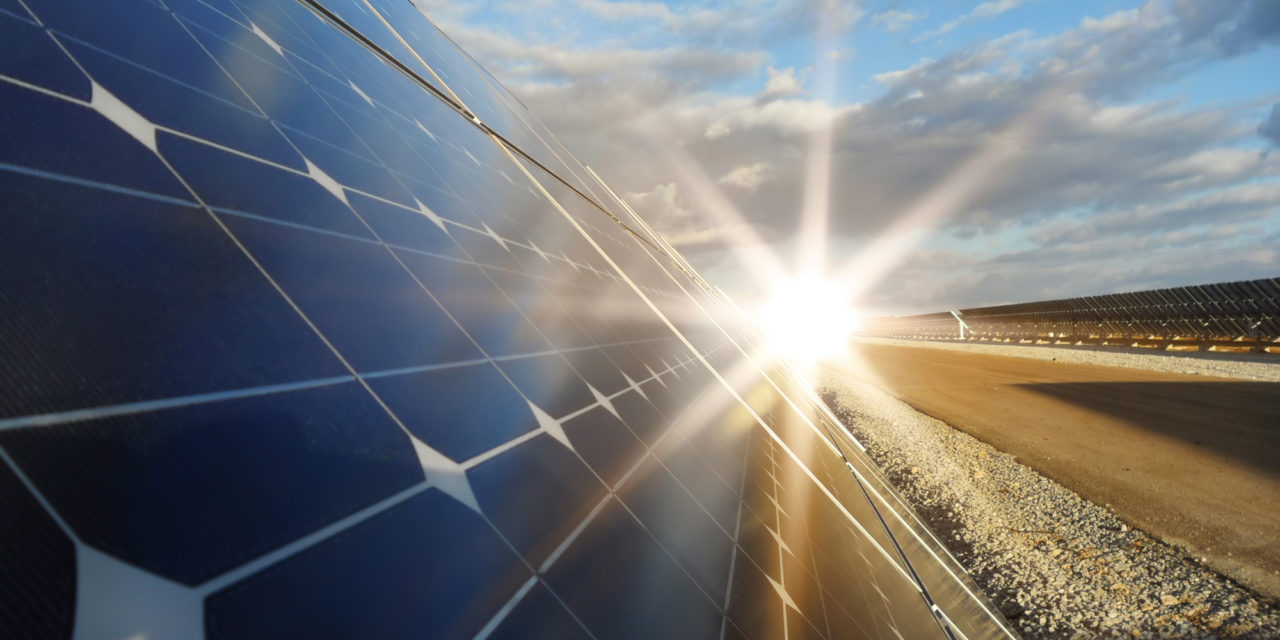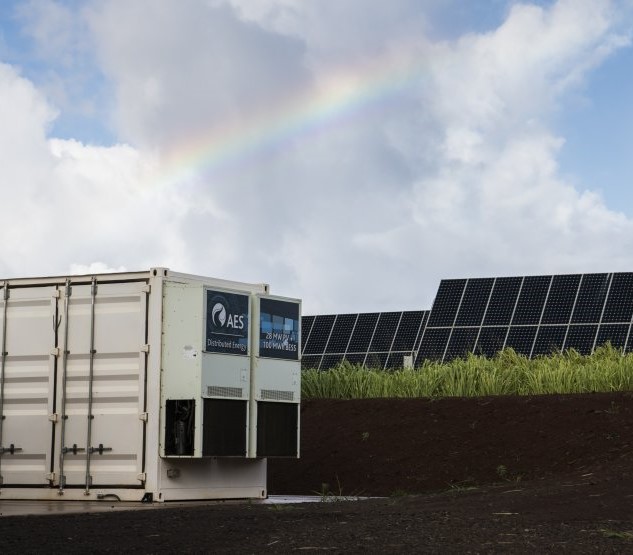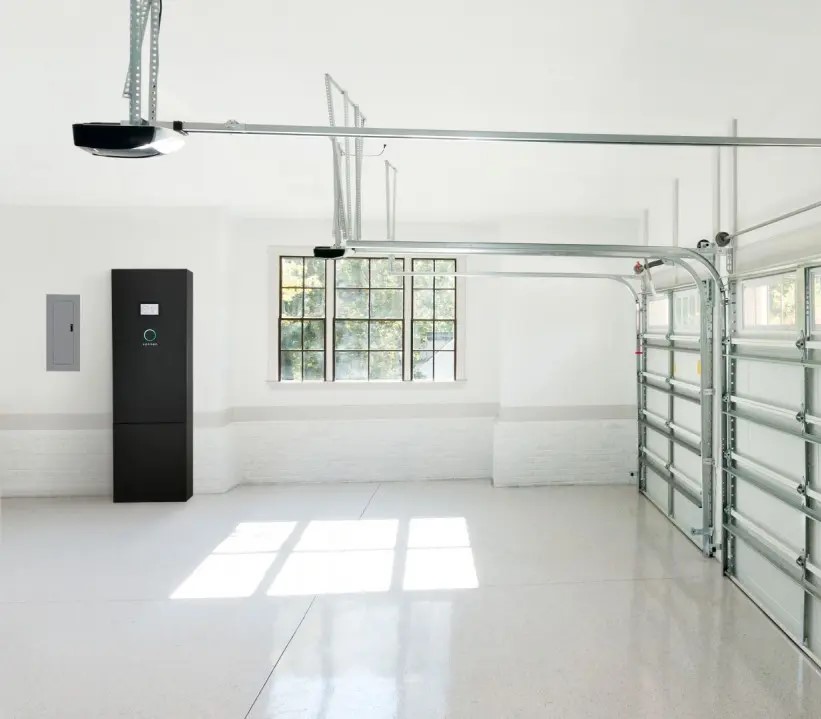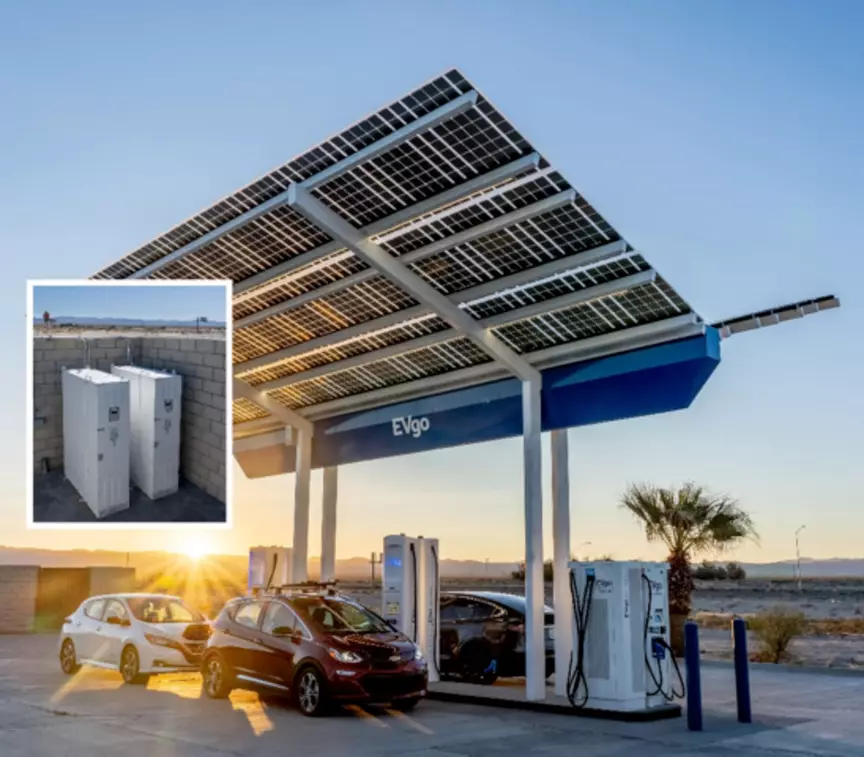Decarbonization is the latest approach to decreasing the severity of climate change caused by the building sector. It refers to the art of removing carbon emissions from building construction and use and from the fuels used to power buildings on a daily basis. Decarbonization can be achieved in a number of ways, but historically has focused on reducing building-related energy consumption via energy efficiency and renewable energy. In the past few years, that focus has expanded to include building electrification—which reduces our reliance on on-site combustion of gas, heating oil, propane, or other fossil fuels—and the embodied energy of building materials in the building.
Electrification of homes and commercial buildings is gaining popularity for one simple reason: we know how to make clean electricity. Technology solutions for renewable energy at residential and industrial scales have shown tremendous improvements in efficiency and cost-effectiveness over the past 20 years. Additionally, only moderate pivots would be needed to shift to electrified appliances and building systems as the electrical grid evolves toward 100% carbon-free power.
Decarbonizing the methane or “natural gas” system is far more complicated. There is a powerful effort to switch to renewable biogas, capturing methane from landfills and dairies, but this cannot fully replace the current amount of methane used. Plus all of the equipment that runs on the current fuel would need to be replaced in order for the US to burn any significant amounts of renewable biofuels. This is a huge challenge. As a result, many building designers are opting for all-electric buildings to achieve building decarbonization, and pressure is leading building codes to require it. And why not, when 30 states in the US have implemented some form of renewable energy portfolio standard to deliver carbon-free electricity within the lifetime of most buildings constructed today.
Solar supply and residents’ demand
California already has a great deal of solar electricity being generated, both on buildings and in large-scale solar farms. For example, years of Prop 39 projects for school districts around California have been completed, installing megawatts of solar farms on campuses. These sites were targeted, in part, due to lower summer occupancies, and net metering rules allowed them to reap large financial benefits. Most of these campuses are net exporters of clean renewable energy all summer long. Every day, the managers of the electrical grid must stabilize local electric networks to share this abundant load throughout the day, and quickly ramp up centralized power once the sun goes down and folks head home.
As more all-electric buildings and homes come online, it is important to look at the impacts of these buildings on grid health. The grid must continue to be updated to guard against solar saturation: where solar generation exceeds the total usage in a given area. The grid is managed by local utilities and state agencies, and this balance of supply and demand drives time-of-day pricing that encourages responsible usage.
Energy industry experts point to what is known as the “duck curve,” the risk of over-generation of renewable energy (especially solar) and the impact of having to ramp up energy production (most often these are natural gas plants) to respond to rising demand when the sun goes down. In the belly of the duck (the middle of the day), solar production is peaking and electricity sells at a loss. Yes, California is paying other Western states to take solar energy off their grid. This lets baseload generation systems like nuclear, hydroelectric, and some natural gas plants run constantly, as they cannot easily, or cost-effectively, shut down and then come back on daily.
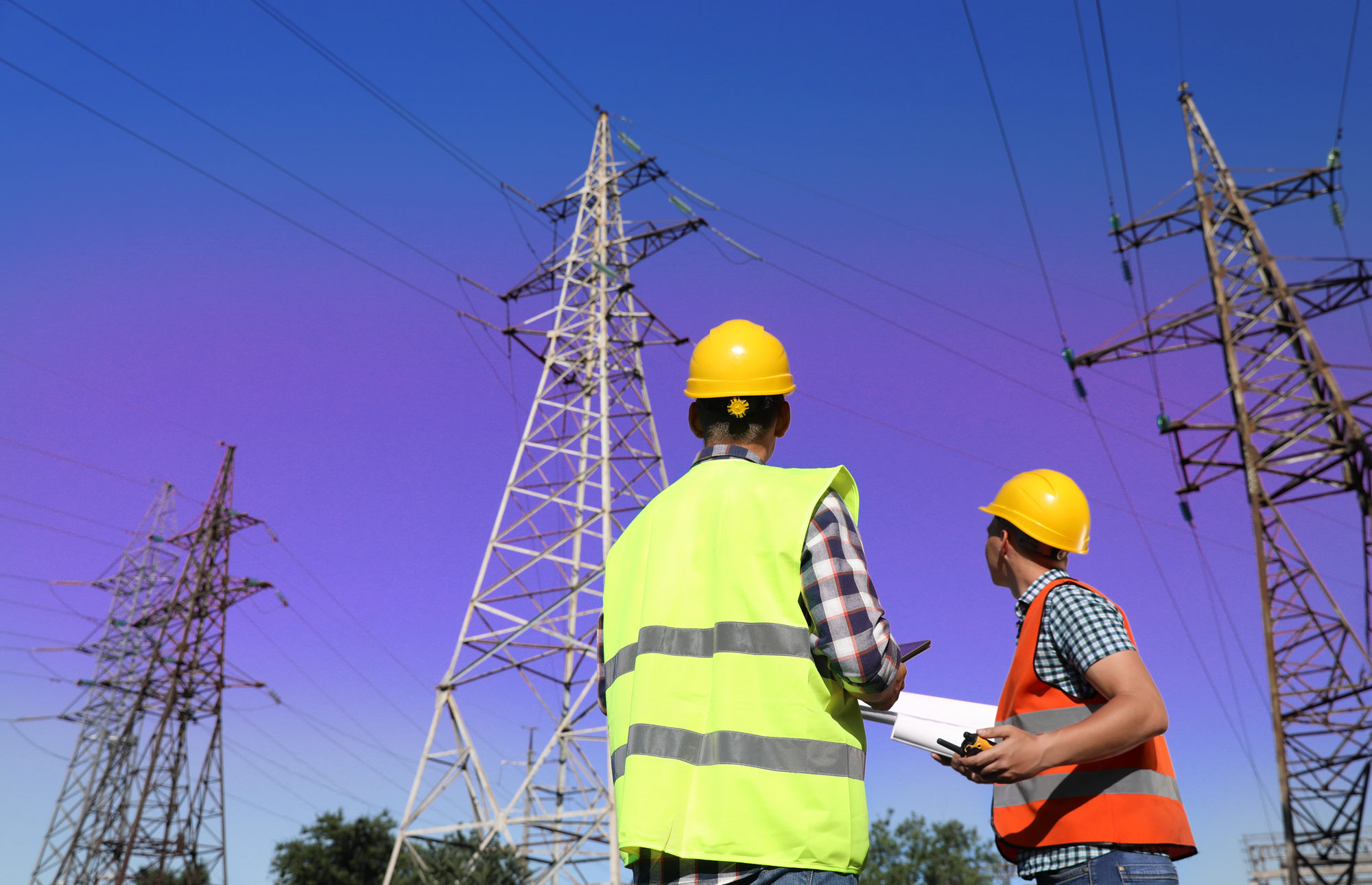
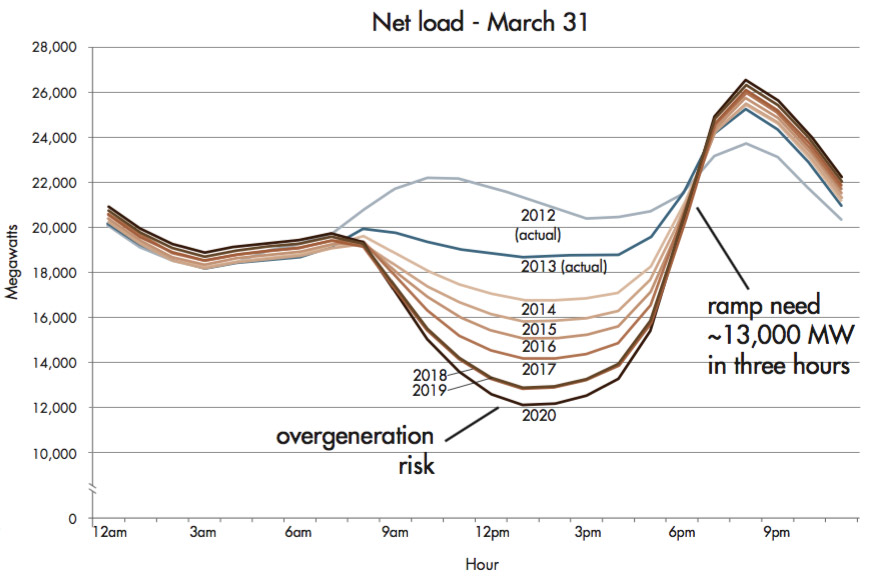
Energy storage and management
To ensure that electrification has the desired effect of actually decarbonizing buildings, electricity generation and buildings and the grid that connects them must all respond to new levels of dynamic management. Building or smart home controls, onsite renewable energy, and energy storage systems can monitor when electricity is generated and when it is used, so the systems respond to demand and pricing cues. In the meantime, savvy homeowners are building and retrofitting now for an all-electric future. Where controls and batteries make it possible, they already shift their energy usage to take advantage of peak solar electricity generation.
Energy storage and controls will help reshape electricity availability to better match demand with a clean electricity supply. The more generic term energy storage is intentionally used here rather than batteries, as multiple technologies will be needed. California historically did a lot more thermal energy storage for air-conditioning in larger commercial buildings and campuses in the form of chilled water storage. The purpose was to run chillers off-peak (overnight) when energy prices were cheap and nighttime temperatures made it more efficient to chill water.
Now, proven thermal energy storage technologies can store excess solar energy in the middle of the day instead of exporting it to the grid to be sold at a loss. Battery storage technologies are advancing now for applications at home and at grid scale. In California’s heat wave event in September 2022 this energy storage capacity met and exceeded the energy production of nuclear energy through the peak demand period, aiding grid managers.
Storage technologies could be deployed even further with rate structures that reward industry for favorable grid behavior, using both advanced technologies and proven thermal storage applications. Distributed home-level storage and utility-scale storage will both be needed to make the most effective use of abundant, clean energy.
At the residential scale
New, multi-use storage technologies meet the needs of occupants and support decarbonization as well. Air to water-source heat pumps for domestic water heating can be used as micro-storage systems to help stabilize a healthy, clean grid. Their controls allow them to produce hot water using solar electricity during the day, and then store that hot water, turning off during periods of high electricity demand. (That would be the neck of the duck between 4:00 and 8:00 pm when the grid is most at risk.) Additional controls, like smart home thermostats, use timers to run dishwashers, laundry machines, cooling, and other appliances in the early afternoon, taking advantage of excess on-site solar electricity generation. For users with time-of-use (TOU) rates from their utility, these same smart controls can schedule these loads outside of high-cost periods (again, late afternoon and evening).
This alignment with the duck curve is called grid optimization and should be further supported with rate structures and incentives. A new metric created by New Buildings Institute, called GridOptimal, measures how grid-friendly a building may be and offers fact sheets to help you optimize your interaction with a low-carbon grid.
Embodied carbon in materials
Setting aside the greenness of the grid and how it powers your home for a moment, the embodied carbon in the structure itself cannot be ignored. Emissions from concrete manufacturing alone are extreme, and the carbon intensity (how much carbon is emitted per square foot constructed, typically) of different building materials can change with each design decision made. Locally sourced materials, sustainable manufacturing methods, and green construction methods all have impacts on the total carbon intensity of the building.
These impacts are calculated through life cycle assessment tools, increasingly used in the design community today. LCA combines the carbon emission of materials manufacturing, delivery, and installation with operational carbon from energy use and refrigerant selection. LCA is vital to understanding the total carbon emissions of each building. Groups like the Carbon Leadership Forum are advancing embodied carbon calculation tools that are quickly gaining market adoption, while jurisdictions are looking at ways to implement new codes for embodied carbon in buildings.
Push for electrification
Removing fossil fuels from buildings is perhaps the most important step needed for both new construction and retrofits of buildings and homes. The building industry and residential stakeholders must continually push for electrification with responsible grid integration and consideration of embodied carbon in building materials.
The Building Decarbonization Coalition is working toward climate change solutions through healthy electrification, education, policy changes, and manufacturer collaboration to bring technologies to market. One of the most impactful areas they have been working in is awareness campaigns like The Switch is On. They educate consumers on electrification choices, rebates, and facilitate interaction with contractors. In the multi-family home sector, the Building Decarbonization Practice Guide, developed by the Worthen Foundation, delivers education on all-electric kitchens and codes, as well as guidance on embodied carbon.
Technology, education, and code and policy development are all needed to decarbonize our residential and commercial buildings and operate them on a clean, more responsive grid. And it must happen if we hope to meet global climate emissions goals. Decarbonization on the building side is accessible today with ongoing industry education, advocacy, and technology. But it all needs to be supported by awareness, with quick mobilization and scalability, in order to succeed.

Our team researches products, companies, studies, and techniques to bring the best of green building to you. Elemental Green does not independently verify the accuracy of all claims regarding featured products, manufacturers, or linked articles. Additionally, product and brand mentions on Elemental Green do not imply endorsement or sponsorship unless specified otherwise.


